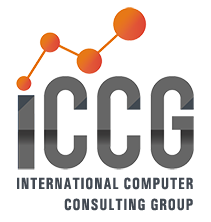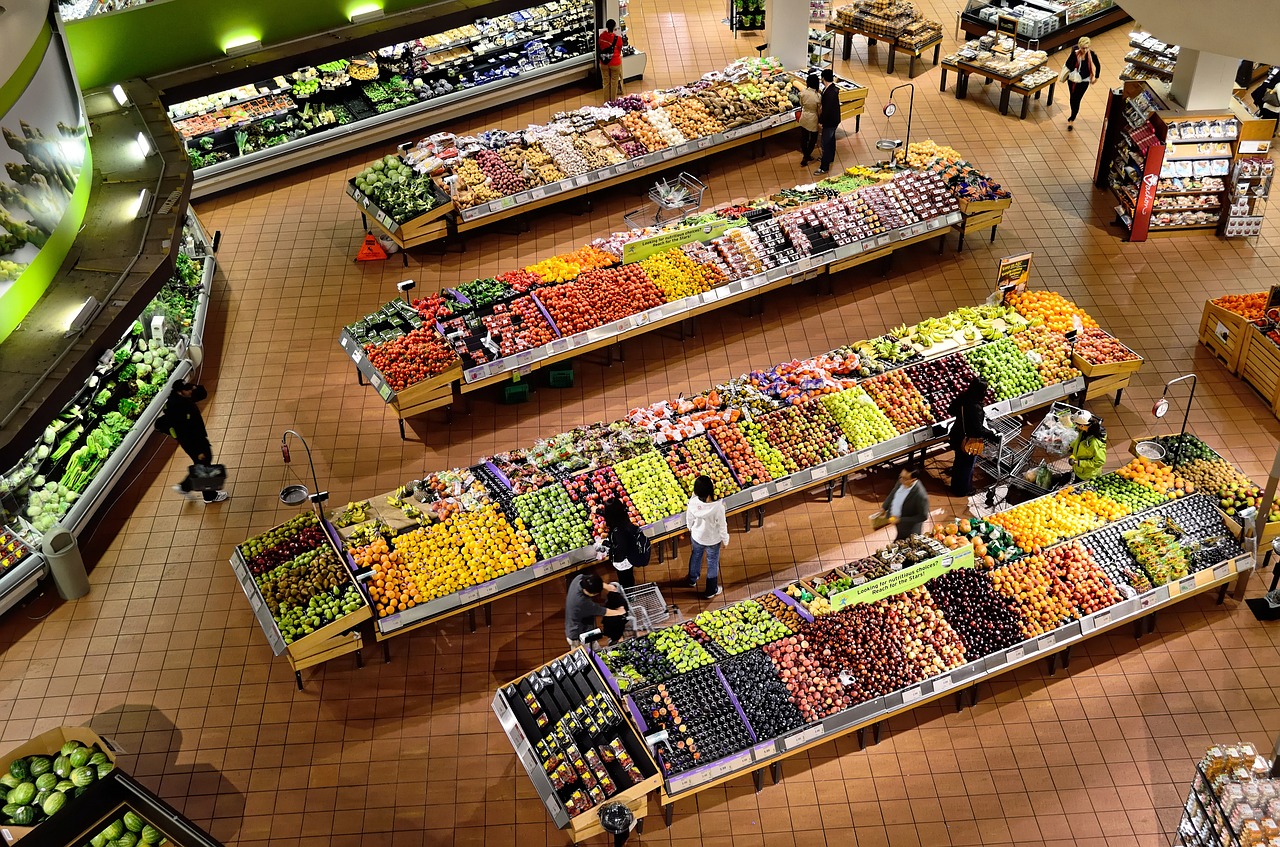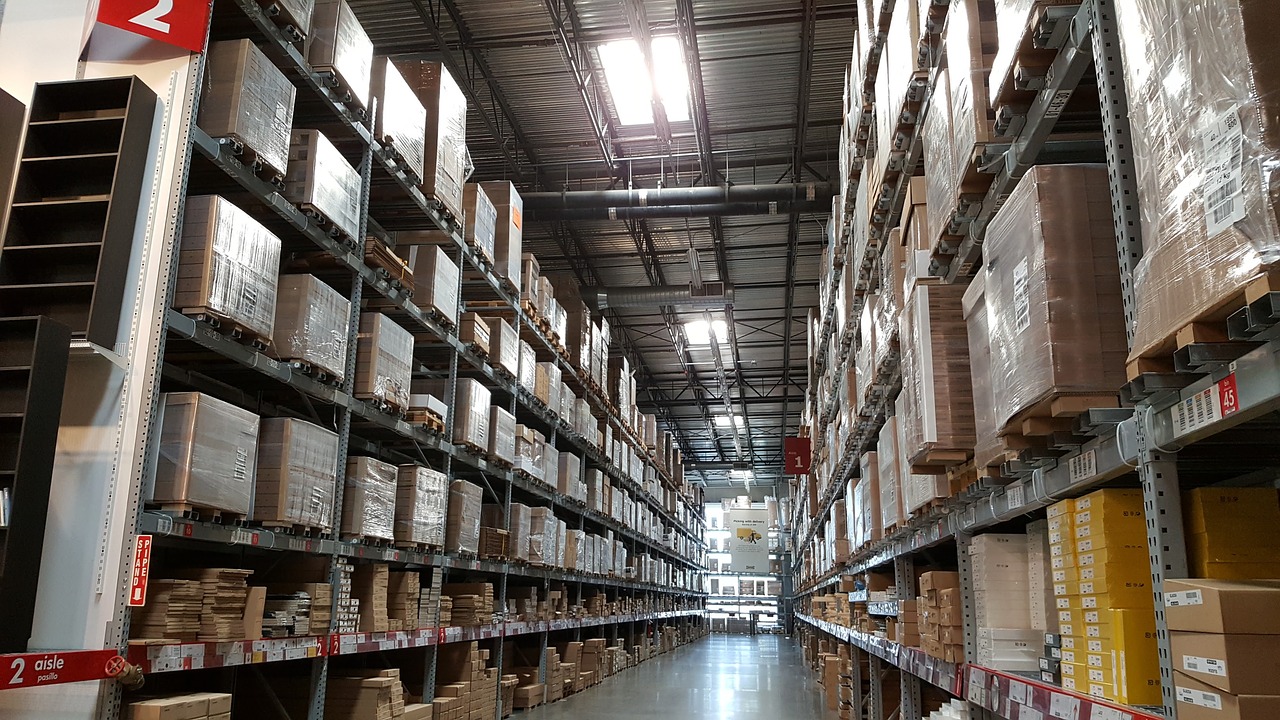Checklist For A Successful Digital Transformation For Equipment-Centric Companies
Topics: Digital Transformation, Rentals & Equipment, Supply Chain
The Top 5 Challenges F&B Manufacturers Are Facing Today
The high-level issues facing food and beverage manufacturers today might feel like the same challenges the industry has been dealing with for years, but the context in which these challenges exist have changed dramatically. Consumer demand for greater product innovation and transparency, ever-increasing quality and compliance pressures, tighter profit margins, new channel opportunities, and a dynamic workforce are just some of the factors that are shifting market dynamics to the point where food and beverage manufacturers need to take a fresh approach to how they do business.
In some cases, technology is driving the change; in other cases, technology offers the solution. In this changing environment, successfully managing growth and profitability depend on how well food and beverage manufacturers can evolve while embracing modern technology.
Topics: Digital Transformation, Food & Beverage, Food Technology, CloudSuite Food & Beverage
The F&B Industry Is Poised For Further Growth, And Technology Makes It Happen
For everything there is a season, as those in the food and beverage industry are keenly aware. In parts of the world, harvest season is here; for others, it is spring planting. And, as 2019 coasts through the 1st quarter, it is also the season for summarizing achievements and setting new goals. Eager to capitalize on the growth momentum, F&B companies continue their plans for 2019 budgets and are prioritizing the major initiatives for the coming year. With many game-changing innovations now available, companies should start early to strategize on the technology investments that will be key to seizing new opportunities.
Topics: Food & Beverage
Podcast: What's Keeping Retailers Up At Night?
On this episode of the Reinventing Retail podcast, Infor Retail SVP and GM Corey Tollefson joins Jenny Reese and Josh Calixto to discuss the rise of universal item catalogs, why “coopetition” between retailers is good for business, and what retail executives should be thinking about right now.
Topics: Manufacturing, Fashion & Retail, retail software
Smarter Strategies For Managing The Global Supply Chain
Over the past decade, businesses have increasingly relied on contract manufacturing and outsourced supply chain services to make and move the goods they sell. Today, $751 billion in goods are produced and imported from offshore trading partners into the US. Meanwhile, US logistics costs amount to nearly $1.15 billion—or 7.7% of the US GDP. Many manufacturers and retailers rely on a vast network of both production and logistics partners to keep the supply chain moving.
With so many dollars at stake, inefficiencies anywhere in the supply chain can have an impact on a company’s bottom line. Extra overhead at the top of the supply chain can easily cascade, affecting costs all the way down the supply chain. Which is why successful manufacturers and retailers are evolving the way they do business, rather than allowing problems to shift elsewhere in their supply chain network. Read on to learn what manufacturers and retailers can do today to help keep their entire end-to-end supply chain operating at peak efficiency
Topics: Supply Chain, Supply Chain Visibility, Supply Chain Agility
Podcast: The Evolution Of Product Lifecycle Management
The process of managing a product’s lifecycle has come a long way since the days of Excel spreadsheets. Or has it? In this episode of Supply Chain Radio, Stan Pryzbylinski, vice president of research at CIMdata joins Matt Gunn and Jenny Reese to discuss how PLM software has evolved in the world of manufacturing.
Topics: Manufacturing, Fashion & Retail, PLM, retail software
Podcast: Keeping The Supply Chain Running In A World Of Rapid Change
To err is human. To keep the global supply chain running, divine. Supply chain risk isn’t limited to black swan events like fires, floods and hurricanes. Many of the challenges businesses face are the result of human factors as well. Whether it’s something caused internally, or big changes to policies and regulations (Brexit, U.S.-China tariffs, etc.), these man-made issues can be just as disruptive as the largest storm.
In this episode of Supply Chain Radio, Matt Gunn and Guy Courtin discuss the human element of disruption, and how businesses are working to keep the supply chain running through unexpected turns of events.
Topics: Fashion & Retail, Fashion & Apparel, retail software, Converged Commerce
The top US food and beverage companies have lost billions in market share since 2009 with shoppers heading towards specialized, fresher products instead of well-known big brands.
To stand out, you need to go niche and move into microvertical markets to keep up.
Continue reading to learn about the 4 things you can do to prepare your business to take on microvertical challenges.
Topics: Food & Beverage, Chemical, Process Manufacturing, Agricultural
Podcast: The Supply Chain Is A Two-Way Street
Customers want it fast, they want it free, and they want it cheap. And when the order isn’t quite right, they often want to send it back. Especially in the world of e-commerce. While online shopping has been a boon to brands, retailers, and consumers alike, it also has a dark side: returns.
By some estimates, returns will cost U.S. companies as much as $550 billion by 2020. And perhaps no part of the business will bear the burden more than the supply chain. In this episode of Supply Chain Radio, SEKO Logistics’ Brian Bourke and David Schulhof of Red Hot Penny join Matt Gunn to discuss the rising challenge of returns and the future of reverse logistics.
Topics: Fashion & Retail, Fashion & Apparel, retail software, Converged Commerce
What's The Future Of Artificial Intelligence In Distribution?
Distribution business trends for 2019, the year of moving strategically.
Artificial intelligence (AI) has a lot of people talking. The fact that those people no longer hail primarily from the world of science fiction is representative of just how far the ideas driving this technology have come. AI has entered the mainstream, and it has the technology world buzzing with excitement. The potential applications of AI are vast and varied. And in truth, that is where the real excitement lies—in finding out just how far we can take AI, and in turn, how far it can take us.
Kelly Squizzero, Infor’s Director, Industry & Solution Strategy, points to five key business trends that are shaping distribution business in 2019.
Topics: Distribution, AI, Artificial Intelligence, Machine Learning








